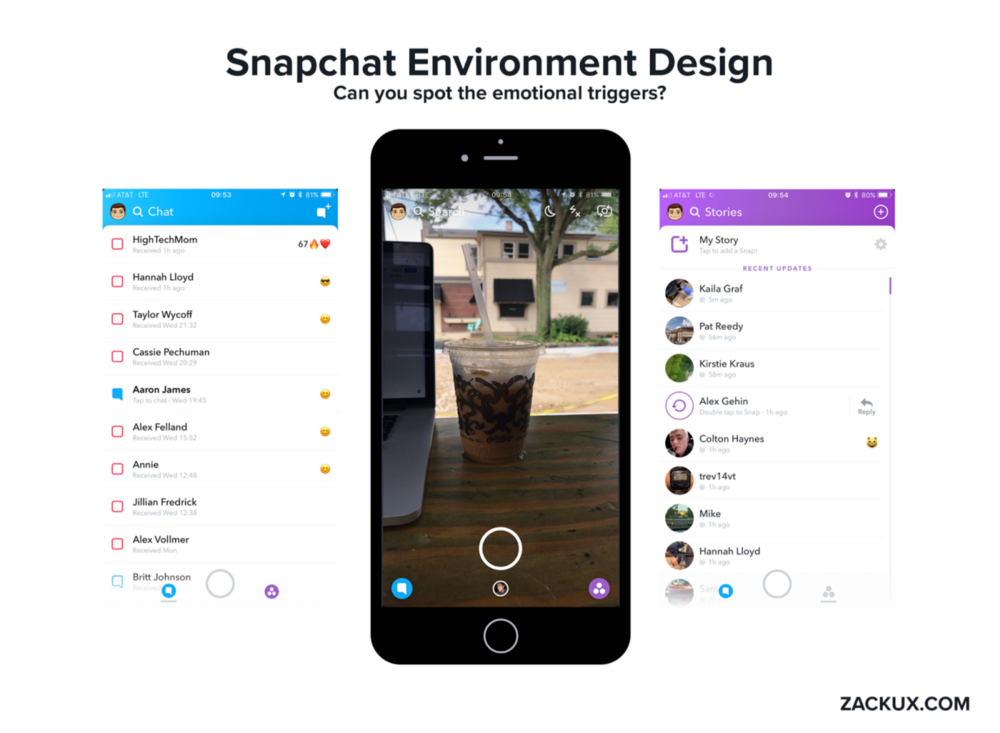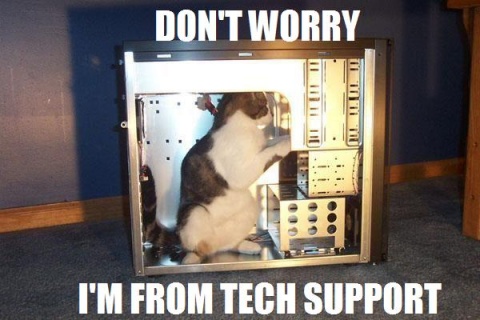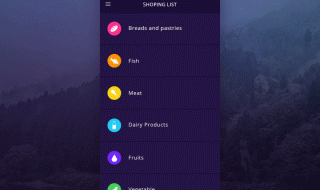
Many businesses set out to develop a unique product. The reality though is that the majority of enterprises are unlikely to offer a product that is much different from what their competitors have already availed to the market. In fact, many of today’s most successful everyday products aren’t unique, original or new.
To make your product stand out, understand your target market, offer something unique, make your product easy to use, provide excellent customer service, and promote your product effectively.
Of course, the more innovative and flexible you are, the more likely your product is to succeed. However, that will usually not mean reinventing the wheel. A good example is Google. It was not the first search engine but simply came up with ways of distinguishing itself from the competition that saw it become the behemoth it is today.
So if you want your product to stand out from the rest, there are a couple of steps you could take. We look at some of these below.
1. Study Your Target Market

Stop limiting your product designs to the digital space. Here’s why.
As you develop your product, understanding your target market is crucial. Look at similar products already in the market and develop the profile of the average buyer. That includes identifying their likes, dislikes, what draws their attention and what they have little interest in. You could hire a company to look into your target market and how to promote to them especially.
A comprehensive study of your potential target market would be ideal but can be prohibitively expensive for startups and small businesses. There are ways to cut market research costs. For instance, you could visit a couple of malls and observe how consumers interact with competing products.
You can also take a look at past research, case studies and white papers that covered similar products but only as long as they were published fairly recently. Overall, the better you understand your target market, the more prepared you’ll be to make your product different.
2. Find the Right Manufacturer

Mass Production: Things to Consider When Your Business Needs a Factory
If you’ll be selling a physical product, you must identify a good manufacturer. Bear in mind that many manufacturers are experts in making a specific type of product. You want a manufacturer who has demonstrable experience in creating the type of items you are looking for.
A manufacturer who is good at creating one thing may not necessarily be as competent when tasked with a different product even if it falls within the same broad product classification.
Thanks to growing efficiency and falling costs of global logistics, today’s businesses have the option to settle on a manufacturer who’s either in-country or overseas. For instance, if the best combination of price and quality when it comes to cnc prototyping is a company based in the Far East, there’s no need to source your product from a costlier company nearer to your location.
3. Test the Product in a Real World Environment

The Lab vs. The Real World: product testing is hard
Other than surveys and observation, there’s one even better way to understand your target market: real world testing. Once you’ve built a product prototype including the packaging that will accompany it, taking it to the market will provide the perfect opportunity to observe how customers interact with it.
Many businesses who thought they had built a near perfect product have been forced back to the drawing board after customers unequivocally rejected it. Business leaders and product development managers can suffer from a blind spot that only becomes apparent when the product is tested with real customers.
Live tests give you a deeper understanding of your customers and allows you to correct errors, improve instructions and tweak your product in a way that resonates with your customers better than competitors do.
4. Exceed Expectations with Great Service

How to Make Your Product Stand Out During the Customer Journey
Quality of service is perhaps the biggest differentiator between any two businesses selling directly competing products.
How quickly do you respond to and resolve enquiries? Are you flexible enough to provide a customized product if required? How well do you understand your customer? Do you get in touch every once in a while to find out how well the product is working for them?
The role of service quality is best seen among retailers. As the people at the tail end of product distribution, different retailers stock the exact same products. Whereas customers will choose to go to a specific retailer because of location and attractive prices, the quality of service is a much greater factor that differentiates one retailer from the other.
5. Focus on a Niche

23 Great Examples of Super-Focused Niche Sites That Are Killing It (#1 And #13 Are Proof That You Can Make Money No Matter How Weird Your Interests Are)
No market is truly homogenous. For example, when people buy a particular shoe, they don’t all do so for the same reasons. Whereas, a number of them buy the shoe because it suits their tastes, needs and budgets, there are those who’ll buy because it’s the shoe that comes closest to what they really want.
Building a product for a large market has positives and negatives. The positive is the size of the market while the negative is the numerous competitors vying for the same customers. By identifying an unexploited or underexploited niche then building a product for it, you increase the odds of accumulating a reliable customer base that your competitors will find hard to break into.
There’s always great pressure to conform, but the success of your product is hinged on your ability to stand out instead of fit in. There are more ways to make your product unique but the above list provides a nice place to start.




